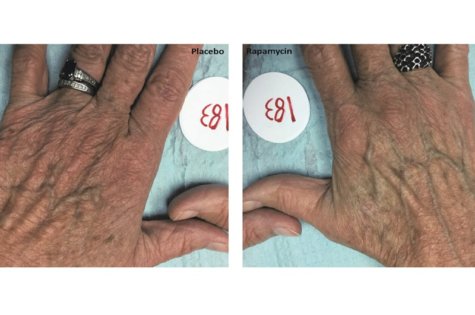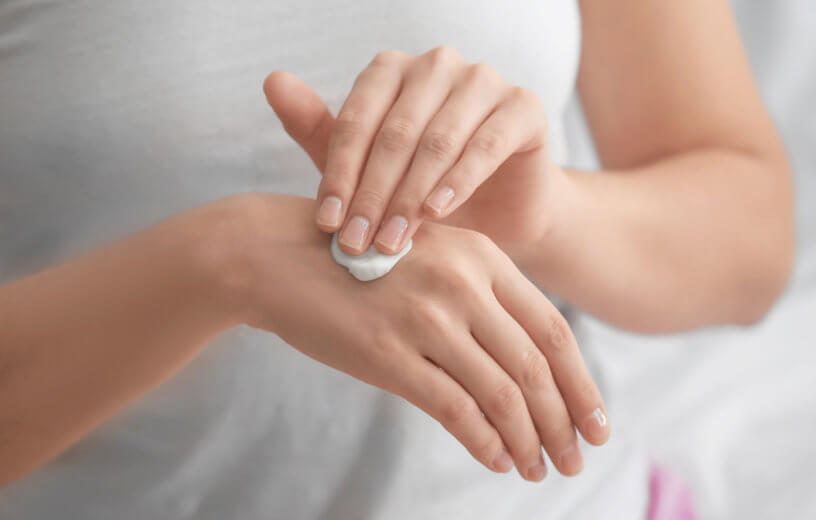PHILADELPHIA — The fountain of youth, at least for skin, may have just been discovered in an unlikely source. Researchers from Drexel University say that Rapamycin, an FDA-approved drug usually used to promote organ acceptance after transplant surgery, may also be able to drastically slow down the aging of human skin.
Prior research had already revealed the drug could slow down aging in mice, worms, and flies, but this new study is the first to illustrate that Rapamycin appears to be beneficial for human tissue aging as well. More specifically, the drug appears to reduce signs of skin aging; decreasing the amount of visible wrinkles, reducing sagging, and promoting a more even skin tone. According to the research, these results can be accomplished all via topical application of the drug to one’s skin.
“As researchers continue to seek out the elusive ‘fountain of youth’ and ways to live longer, we’re seeing growing potential for use of this drug,” says senior author Christian Sell, PhD, an associate professor of Biochemistry and Molecular Biology at the Drexel College of Medicine, in a release. “So, we said, let’s try skin. It’s a complex organism with immune, nerve cells, stem cells – you can learn a lot about the biology of a drug and the aging process by looking at skin.”
A total of 13 participants, all over the age of 40, were asked to apply Rapamycin cream to one hand every one to two days for a period of eight months. Meanwhile, they were also told to apply a placebo cream to their other hand over the same time period. The participants were periodically checked up on every two months as well. During these visits, researchers would give the participant a blood test and a biopsy was also given, usually around the six or eight month mark.
At the conclusion of the research period, the majority of hands that were given Rapamycin exhibited increases in collagen production and significantly lower levels of p16 protein, considered a clear sign of aging skin. Typically, skin with low levels of p16 have fewer senescent cells, and subsequently less wrinkles. Additionally, lots of p16 can lead to dermal atrophy, a condition very common in the elderly that is characterized by fragile skin prone to tearing easily, slower healing periods in the event of a cut, and increased risk of infection.

As far as how Rapamycin accomplishes these amazing results, the study’s authors say that it blocks the “target of Rapamycin” (TOR), which is another protein that acts as a mediator of sorts within the metabolism, growth, and aging of human cells.
The research also suggests that Rapamycin may be helpful in preventing cancer as well. As skin cells age, they become more easily inflamed, which can consequently promote tumor growth. So, in theory at least, Rapamycin may also be able to lower one’s odds of developing skin cancer.
“When cells age, they become detrimental and create inflammation,” Dr. Sell explains. “That’s part of aging. These cells that have undergone stress are now pumping out inflammatory markers.”
Rapamycin was first discovered within bacteria inside soil collected on Easter Island in the 1970s. The drug is also known to reduce cellular stress and attack cancer-causing free radicals.
Overall, the research team are very happy with their findings and believe that Rapamycin holds un-tapped medical potential. However, a great deal of further research is still necessary to validate and flush out these benefits.
The study is published in the scientific journal GeroScience.
You might also be interested in:
